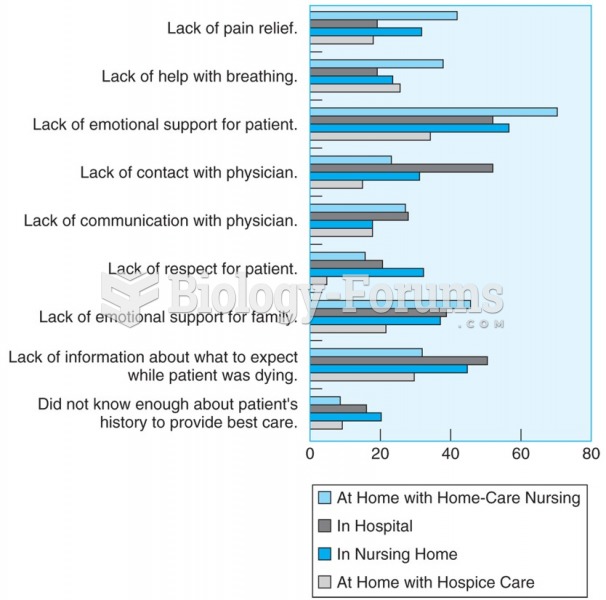Answer to Question 1
1
Rationale: The Benton Visual Retention Test is an example of a neuropsychological assessment instrument that can yield valuable data on aspects of a person's cognitive functioning. It is sometimes used as a quick screening device to see if the test taker may be manifesting signs of cognitive dysfunction. The Sentence Completion Test asks clients to complete an extensive series of incomplete sentences with the first thoughts that come to mind. The sentences are designed to elicit responses concerning fantasies, fears, daydreams, and aspirations, among other things, and are not used to screen for cognitive dysfunction. The Thematic Apperception Test is used to reveal very important information about the client's emotional and interpersonal tendencies and not as a screening tool for signs of cognitive dysfunction. Raven's Progressive Matrices Test is designed to provide data on intellectual ability in a relatively culturally unbiased manner and is not used to screen for cognitive dysfunction.
Answer to Question 2
1
Rationale: A major intervention in dealing with manipulative behavior is limit setting. It is important to set limits only on the behavior that is most dysfunctional and problematic. A no-harm contract would be implemented for a client with self-destructive behavior. A matter-of-fact approach is useful for suspicious clients. Confrontation of negative self-concepts is useful when working with clients with a cluster C diagnosis.







